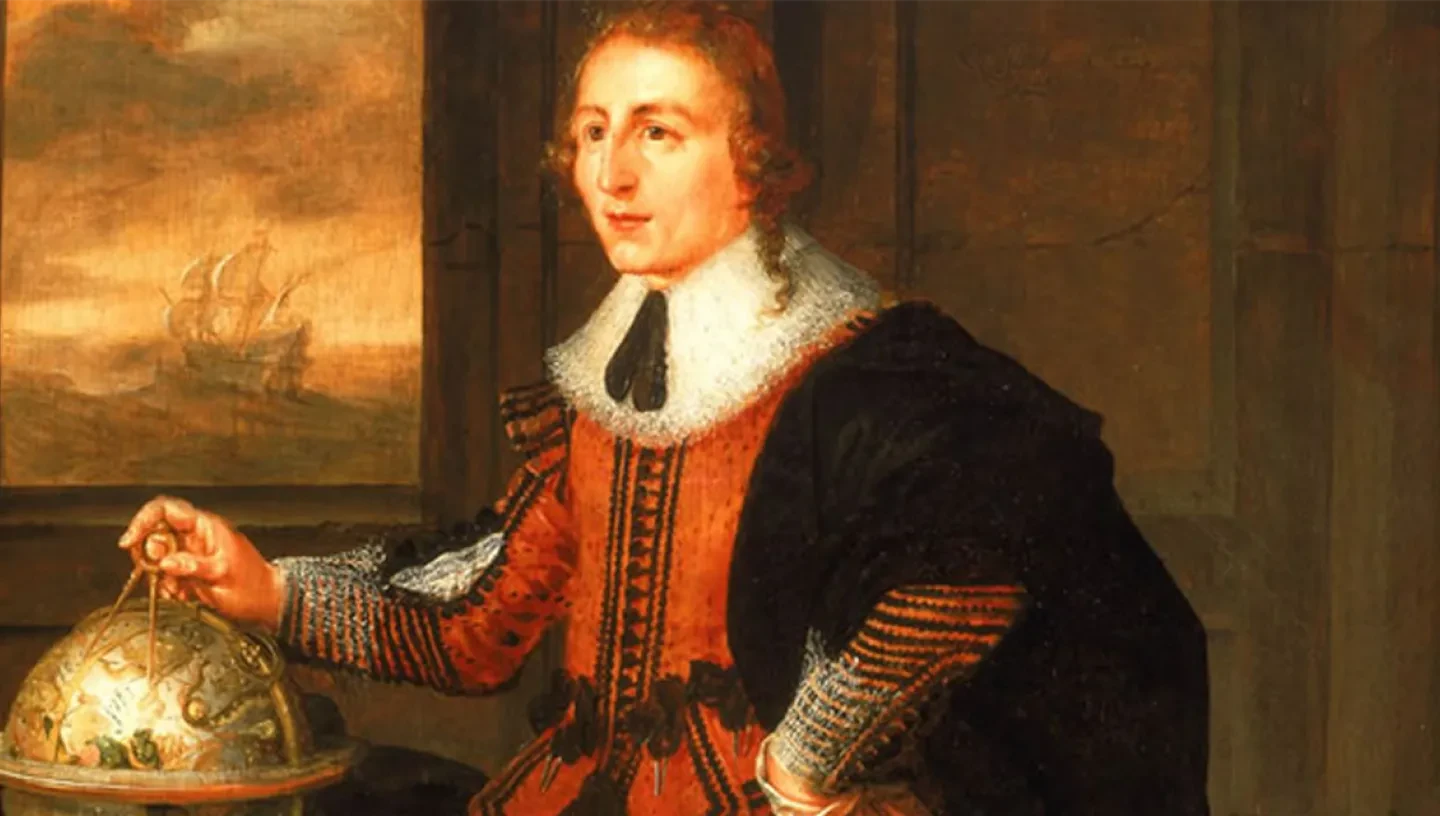
William Baffin and Robert Bylot North-West Passage expedition 1615-16
In 1615, William Baffin and Robert Bylot searched for the North-West Passage. Baffin pioneered new techniques for calculating longitude.
Explorers Baffin and Bylot set sail to look for the Passage linking the Atlantic and Pacific Oceans via the Arctic Circle - which was a sought-after trade route. They believed that their predecessor, Thomas Button, who had also gone in search of the North-West Passage, was wrong to assume that an inlet he had discovered in the northwest corner of Hudson Bay was not an entrance to the passage.
Baffin and Bylot (who had sailed with Button and Henry Hudson before him) set out in the ship Discovery, now on its fifth Arctic voyage. Baffin was an outstanding navigator, pioneering new techniques for calculating longitude by observing the Moon’s relationship to the stars.
First voyage
On their first voyage, Baffin and Bylot mapped the south coast of what is now known as Baffin Island, the largest island in Canada. Sailing to the north of Southampton Island, at the entrance to Hudson Bay, they concluded that the body of water they had entered was enclosed, and therefore not passable. So they turned back to England, safely arriving in Plymouth in September. Baffin concluded that if a passage did exist it would be found up Davis Strait, and it was with this idea in mind that a second voyage set sail in 1616.
Second voyage
Travelling up Davis Strait, Baffin and Bylot managed to navigate the ice and sail north into Baffin Bay. Then, impassable ice further north eventually halted progress. Before turning for home the mouths of various straits were explored, notably Lancaster Sound. Ice blocked its entrance and Baffin concluded that it could not form any part of the passage.
Returning to England, Baffin wrote to his investors saying: ‘There is no passage nor hope of passage in the north of Davis Strait. We having coasted all, or near all the circumference thereof, and find it to be no other than a great bay, as the voyage doth truly show.’ Edward Parry was to prove otherwise, sailing through Lancaster Sound, but his discovery lay over 200 years in the future.